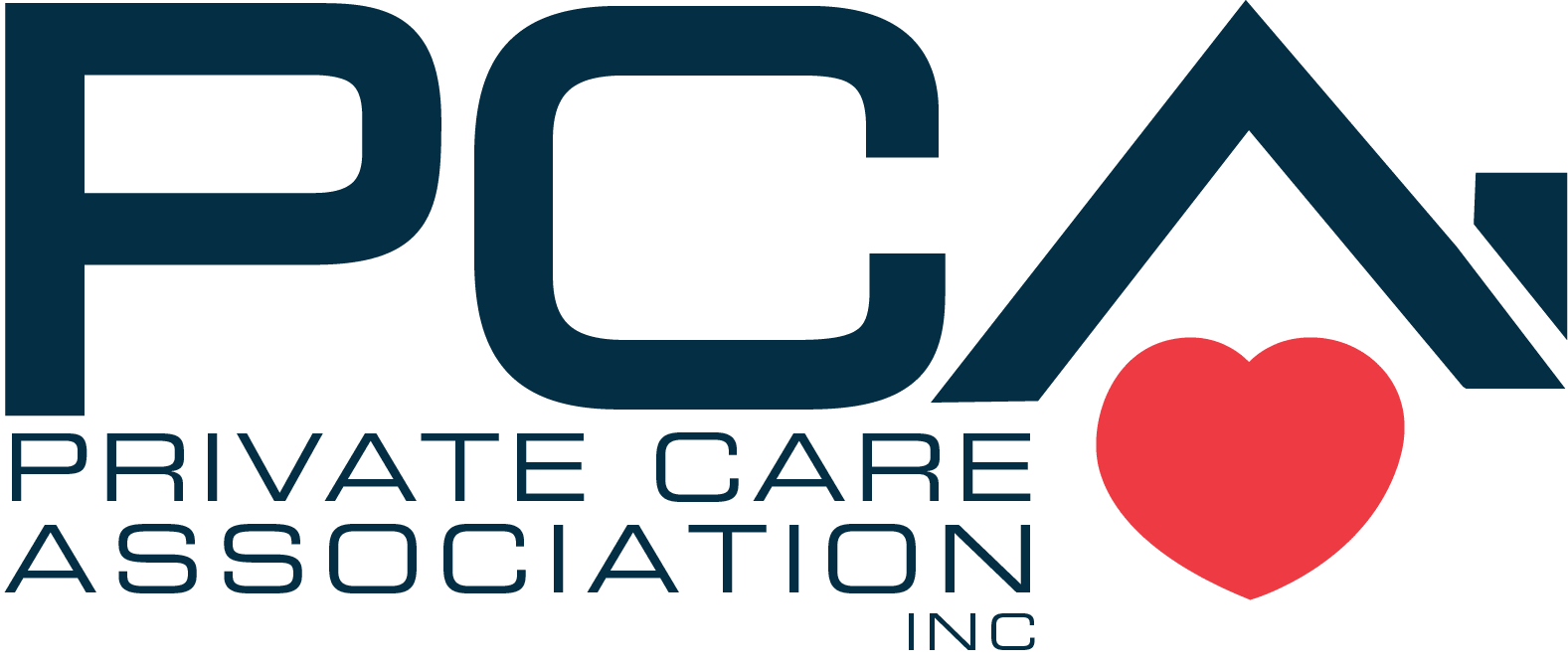
Helping Your Aging Loved One Stay Connected - Technology Tips
As our loved ones age, it can become increasingly difficult for them to keep up with the latest technology. There are a variety of challenges associated with navigating gadgets like phones, laptops and tablets, especially for elderly people who may not have used this kind of technology before.
However, staying connected is essential for seniors in order to maintain their quality of life. Recent studies have shown that using tech tools such as video calls and social media can help seniors stay socially and mentally engaged with family and friends, as well as support their independence.
Fortunately, there are a few simple steps we can take to make these activities easier for our aging loved ones. In this article, we will offer advice on how to help your elderly family members stay connected using technology in senior care.
Grasping the Basics: Basic Technology Terms
Helping an aging loved one navigate technology can seem overwhelming at first. That’s why understanding the basics is key. To make it easier, start by familiarizing yourself with some of the most common terms associated with computers and Internet use.
There are 37 basic computer and Internet terms listed in an alphabetized glossary to get you started. Ten of the terms all seniors need to know to become tech-savvy include:
- Browser: A type of software used to access websites on the Internet
- Cloud: A term used to describe any information stored and accessed remotely on the Internet
- Download: The process of transferring data from one device or server onto another device or personal computer
- Homepage: The main page or starting point for a website
- Hyperlink: A link from one web page to another on a website
- Password: A secret combination of letters, numbers, or symbols used to protect and authenticate access to an account
- Search engine: Online software that searches for information stored in databases on websites across the Internet
- Upload: The process of transferring data from a personal computer or other device onto another device or server
- URL: An abbreviation that stands for “Uniform Resource Locator”; this is the address of a website
- WiFi (Wireless Network): Technology allowing digital devices such as computers, smartphones, and tablets to connect wirelessly.
Once your loved one has grasped these basic concepts, there are additional measures available such as classes, tutorials, and technology training specifically designed for seniors that can help them understand more complex topics related to computers, internet use, digital security, and more.
Digital Devices for Connecting With Family & Friends
Advanced digital devices are specifically designed for older adults, offering a range of features that can help your aging loved one stay connected.
For example, smart home devices like Amazon Echo Show and Google Nest Hub allow for video and voice calls to family, friends, and telemedicine appointments. Many even offer hands-free access to remote care, providing real-time support for your aging loved one right in their home.
Similarly, social networking is an increasingly popular way for seniors to stay connected with family and friends around the world. Platforms like Facebook, Instagram and Twitter are a great way to keep in touch with distant loved ones—and thanks to their easy-to-use interfaces, they’re becoming more popular with older adults every day.
Video Calls and Social Media Platforms to Connect
Staying connected with loved ones is very important for seniors, especially during times when visits are not possible. Video calls offer a great way to stay in touch, enabling seniors to see and talk to their family and friends with ease.
Facebook Portal is a dedicated video call device that is great for seniors who want an easy and convenient way to stay connected. The device enables video calls directly from Facebook Messenger, as well as integration with other popular apps such as Spotify and YouTube Music. It also has a voice assistant, meaning seniors can control the device without needing to use a remote or keyboard.
Skype is another popular way to keep in touch with family and friends, using either a computer, tablet or phone. Skype makes it easy for the user to see who’s online and quickly start a video call or chat session. It’s free to call Skype-to-Skype on any device, making it an affordable option for staying connected.
Finally, ViewClix is another great way for seniors to see their loved ones through videos or photos on the digital Photo Frame. Its integrated video chat capabilities make it easy for family members to communicate with each other without having to install any additional software on their devices.
Benefits of Using Technology for Senior Care Services
As technology advances, so do the benefits for aging loved ones. With the help of technology, seniors can now enjoy greater personal safety during emergencies, maintain strong connections with family and friends, and even improve their overall mental and physical well-being.
Here are some of the top benefits to using technology for senior care services:
- Increased Personal Safety: Technology can increase personal safety during emergencies by providing access to medical alerts and response systems that can be triggered when help is needed.
- Improved Connectivity: Technology not only allows seniors to keep in touch more easily with family and friends, but also lets them stay engaged with the outside world through online activities such as streaming movies, video chatting, emailing, or playing games.
- Enhanced Well-Being: Technology can also be used to improve mental and physical well-being by offering access to interactive activities that stimulate brain activity or tracking fitness goals through health apps.
Overall, technology has made senior care safer and more accessible than ever before.
Safety and Security Tips for Senior Care Technology
When setting up technology for your senior loved one, safety and security is a top priority. With the rise in cybercrime, it is even more important to make sure they are protected against potential threats.
Here are some tips to keep in mind when setting up technology for senior care:
- Security software should be installed and kept up-to-date. Make sure it scans the system regularly and that patches and updates are pushed frequently.
- Passwords should be guarded like personal information – no one else should know them or have access to their devices. Create strong passwords that are hard to guess, change them often, and use two-factor authentication whenever possible.
- Install fire, flood and carbon monoxide detectors as an additional layer of safety in the home. They can notify you of potential problems before they become dangerous situations for your loved one.
Resources to Help Your Loved One Navigate Technology in Senior Care
We understand that it can be difficult to navigate all the different technologies out there for seniors, but don’t worry – you’re not alone. There are plenty of resources to help you learn more about how technology can help your aging loved one stay connected and independent.
Online Guides and Forums
Online forums such as AgingCare and SeniorLiving.org offer resources, articles, and support from other caregivers, family members, and professionals. These communities provide advice and discussion around using senior care technologies such as medical alert systems and motion sensors to keep loved ones safe at home.
Professional Organizations
Professional organizations like the American Association of Retired People (AARP), The National Institute on Aging (NIA), and The Alzheimer’s Association can provide reliable advice on how to use technology safely in senior care as well as provide access to a variety of programs and services for caregivers.
Senior Care Technology Companies
If you are considering purchasing certain senior care devices or tools for your loved one, it’s always wise to contact the company providing the technology for detailed product information. Many companies will have specific instructions about how to use their products safely, like those related to fall prevention or medication management. It’s also a great way to ask questions related to setup, installation, or troubleshooting any issues you may be having with the device or software.
Conclusion
Adapting to technology can be easier said than done, especially for those nearing retirement age or of those who are already retired. However, by understanding the barriers to using technology, such as lack of familiarity, lack of access, or lack of physical or cognitive ability, and having a plan in place can help bridge the gap in access to communication.
By implementing these tips and strategies, family members of a senior can ensure that their loved one remains connected and able to communicate with others in their golden years. With the right resources and support, seniors can enjoy the many benefits of technology and stay connected during their retirement.







